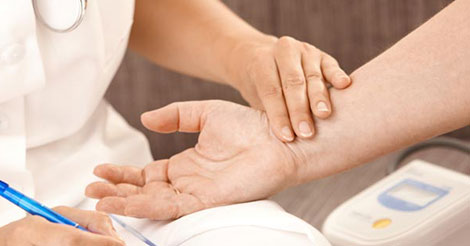Radon poisoning has been a rising issue in recent times. It has been noted that most cases of lung cancers are due to radon poisoning in the case of non-smokers.
RAdata is the best option for people who want to test their house and water sources for radon poisoning. Moreover, they also provide treatment for reducing radon concentration in contamination.
As radon poisoning is a newly arising issue, people have many questions regarding sources of radon, radon testing, and treatment. Along with these questions, a few other questions have also been answered in this blog!
- What is radon, and where does it come from?
Radon is an inert radioactive gas; it originates from the decay of radium in the soil. Radium shares similar properties as uranium because radium is the decay product of uranium. Radon is a colorless, odorless, and tasteless radioactive gas; this makes it impossible to identify its presence without proper radon testing kits.
Radon gas is constantly produced by radium present in rocks, soil, and water. Moreover, the amount of radon gas in the house depends upon the soil it is built on. The gas can enter through various openings like windows or cracks and disturb the ventilation rate.
- What are the health effects of radon?
Radon exposure can lead to chest pain, weight loss, hoarseness in voice, and more. The most adverse health effect of radon gas is lung cancer. Being gas, it easily lungs the lungs as we inhale and exposes the lungs to harmful radiation. This radiation is responsible for damaging lung tissue. If not treated in time, the person may have lung cancer.
- How to find radon levels in the house?
The radon gas concentration can be tested in different ways. One of the methods is activated charcoal. It is a short-term method and the least expensive. In this method, activated charcoal is kept in the house, and radon gets absorbed. The activated charcoal is then sent to the laboratory for testing. However, this method is only 20 per cent effective. Another short-term method is an electronic radon monitor. Electronic radon monitoring devices are expensive but more efficient than activated charcoal.
- How to reduce radon levels in the house?
There are several methods by which radon gas levels can be reduced inside the house. One such method is the sub-slab depressurization system. In this method, the radon gas moves towards the soil away from home by venting the gas from basement to roof. This method is a little expensive but very effective.







